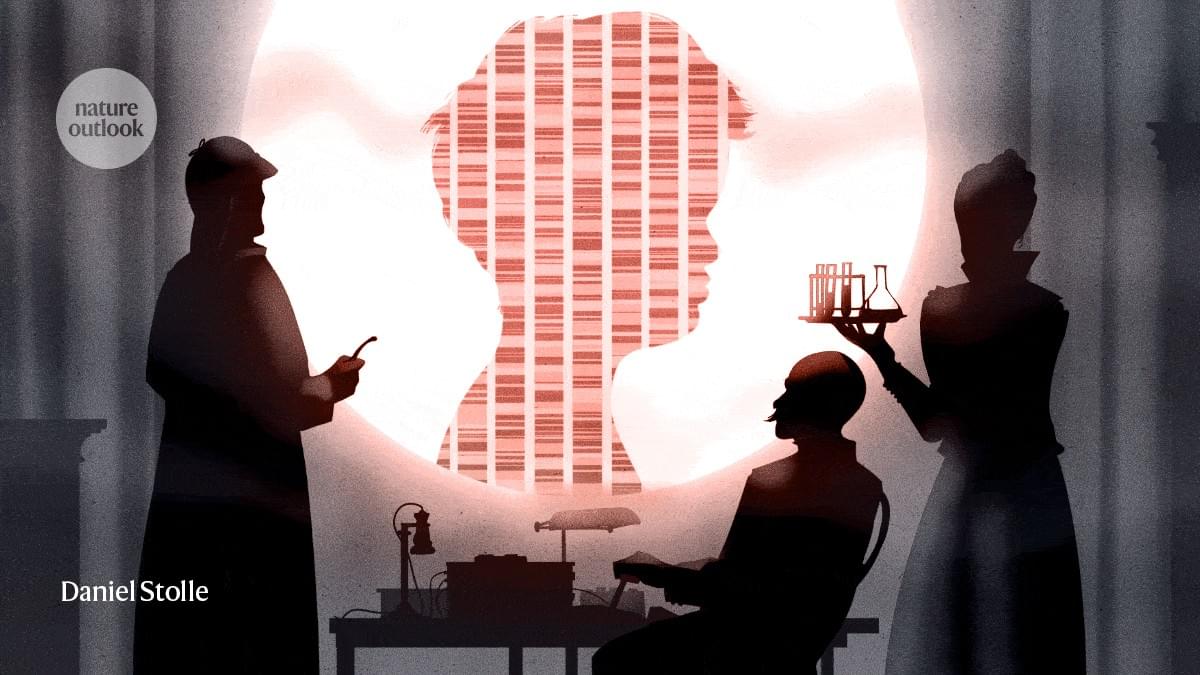Send contracts that move money with better e-signature, smarter invoicing, and faster payment processing; powered by AI.



Investors hoping to back former OpenAI chief technology officer Mira Murati’s buzzy new AI startup are being asked to commit a minimum of $50 million, according to two sources with knowledge of the deal. Murati is raising around $2 billion of capital at a $10 billion valuation for Thinking Machines Lab, BI previously reported.
Multiple sources say the mega-round, led by Andreessen Horowitz, is nearing the final stages of fundraising.
A spokesperson for Thinking Machines Lab declined to comment. A spokesperson for A16z did not respond to a request for comment. The round is not finalized, and the details could change. The financing would almost certainly rank as one of the largest seed rounds in history, which typically range in the low to mid-single digits.
A $50 million check size is beyond the scope of most traditional seed investors because it would represent a substantial percentage, if not their entire fund.
The minimum requirement and rich valuation reflect feverish investor enthusiasm for generative AI and the reality that there are a very limited number of technical founders with Murati’s expertise and the team she has assembled. It’s also enormously expensive to train AI models and recruit and retain top talent.
Murati spent over six years at OpenAI, where she worked on the development of ChatGPT and other AI research initiatives. She was briefly appointed interim CEO in November 2023 after OpenAI’s board abruptly fired Sam Altman, a move that sparked turmoil within the company. After Altman’s reinstatement as CEO, Murati resumed her role as CTO.
It has been a widely discussed mystery what exactly Thinking Machines will do to distinguish itself in a crowded and well-funded field that includes not only OpenAI but also Anthropic, Elon Musk’s xAI, and Google’s Gemini.
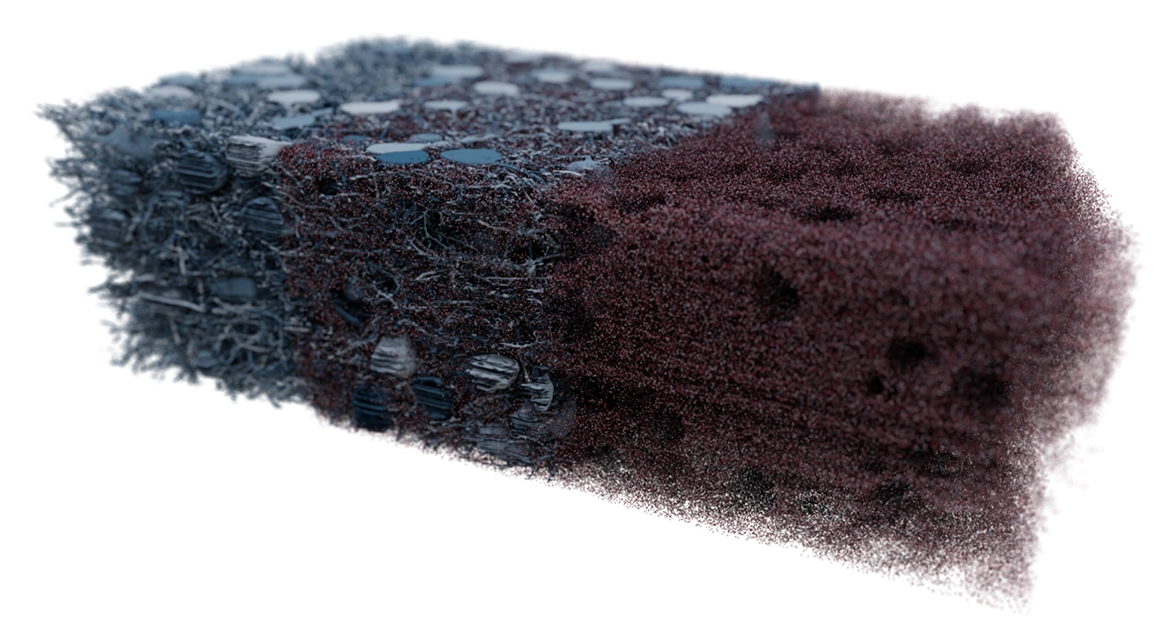
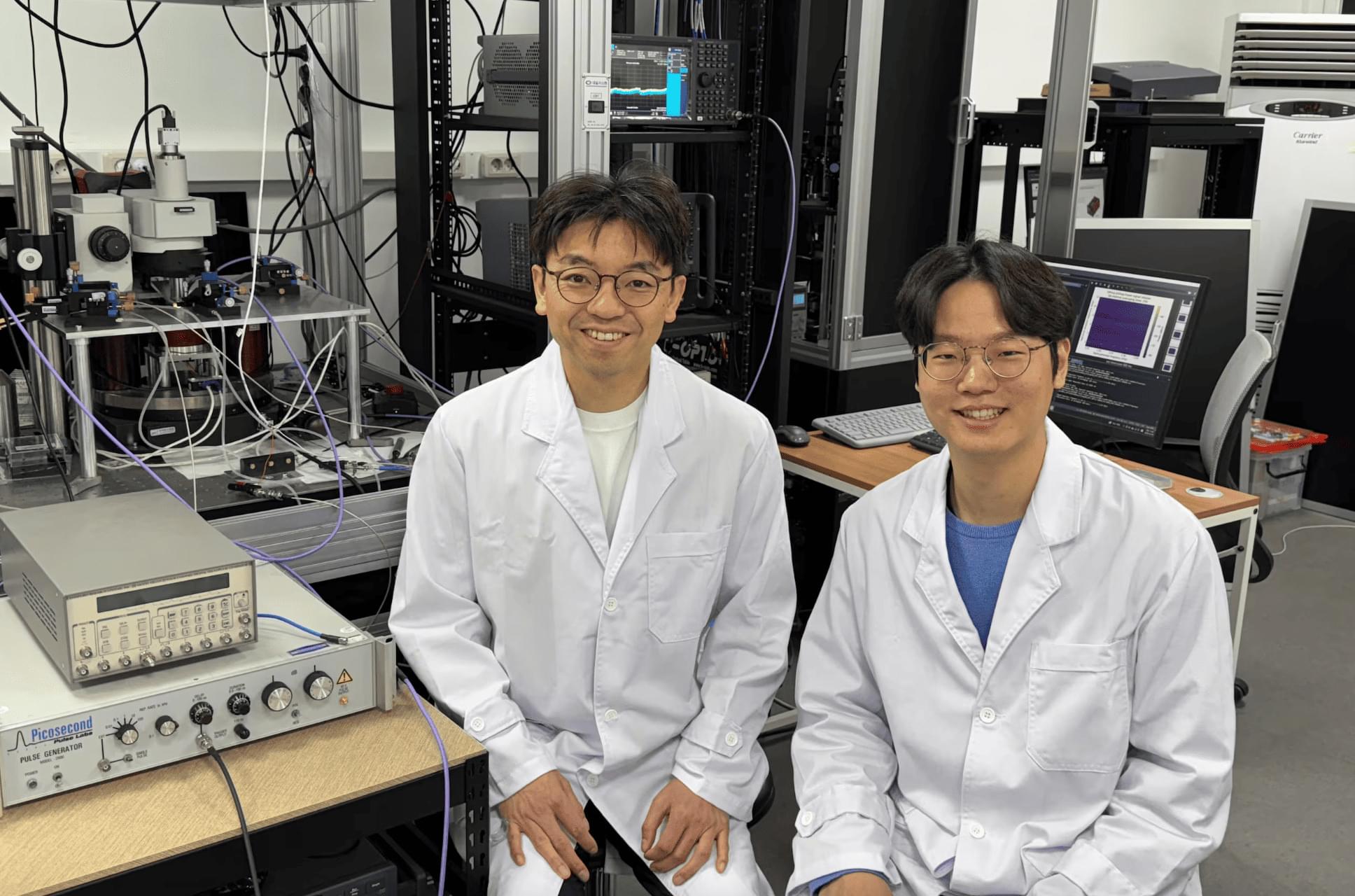

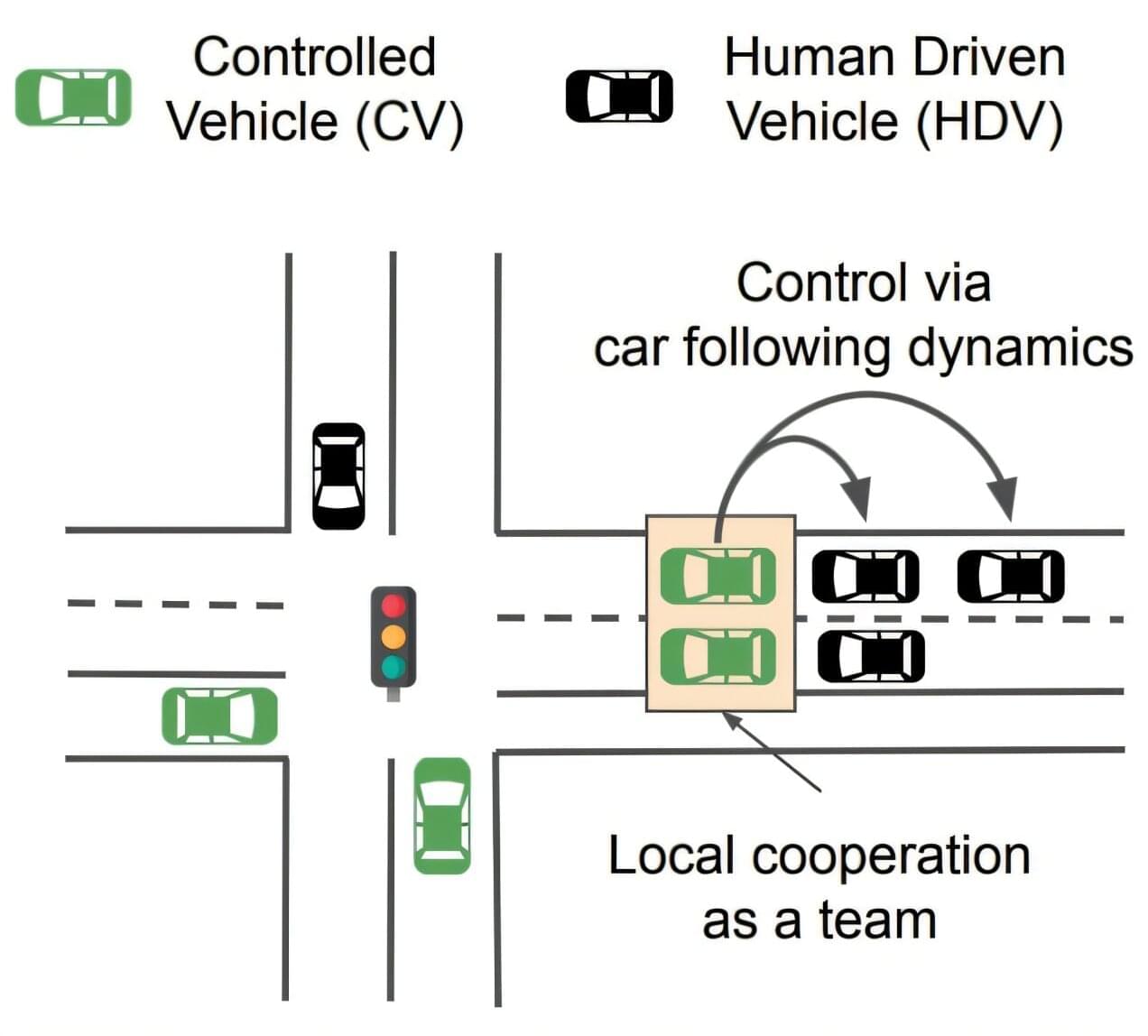
If there’s one thing that characterizes driving in any major city, it’s the constant stop-and-go as traffic lights change and as cars and trucks merge and separate and turn and park. This constant stopping and starting is extremely inefficient, driving up the amount of pollution, including greenhouse gases, that gets emitted per mile of driving.
One approach to counter this is known as eco-driving, which can be installed as a control system in autonomous vehicles to improve their efficiency.
How much of a difference could that make? Would the impact of such systems in reducing emissions be worth the investment in the technology? Addressing such questions is one of a broad category of optimization problems that have been difficult for researchers to address, and it has been difficult to test the solutions they come up with. These are problems that involve many different agents, such as the many different kinds of vehicles in a city, and different factors that influence their emissions, including speed, weather, road conditions, and traffic light timing.

Humans’ relationships with plants is largely utilitarian, serving our needs. We generally either eat them or make things out of them.
Researchers in the College of Human Ecology (CHE) have developed a design and fabrication approach that treats these living things as companions to humans, with seeds woven into hydrogel material for hairbands, wristbands, hats and sandals, among other applications. The seeds grow into sprouts if taken care of properly.
“For most of human history, we have lived alongside plants, and they’ve been leveraged by humans to be used as food or spun into yarns for fabric,” said Cindy Hsin-Liu Kao, associate professor of human centered design (CHE).

In the dim light of the lab, friends, family, and strangers watched the image of a pianist playing for them, the pianist’s fingers projected onto the moving keys of a real grand piano that filled the space with music.
Watching the ghostly musicians, faces and bodies blurred at their edges, several listeners shared one strong but strange conviction: “feeling someone’s presence” while “also knowing that I am the only one in the room.”
“It’s tough to explain,” another listener said. “It felt like they were in the room with me, but at the same time, not.”
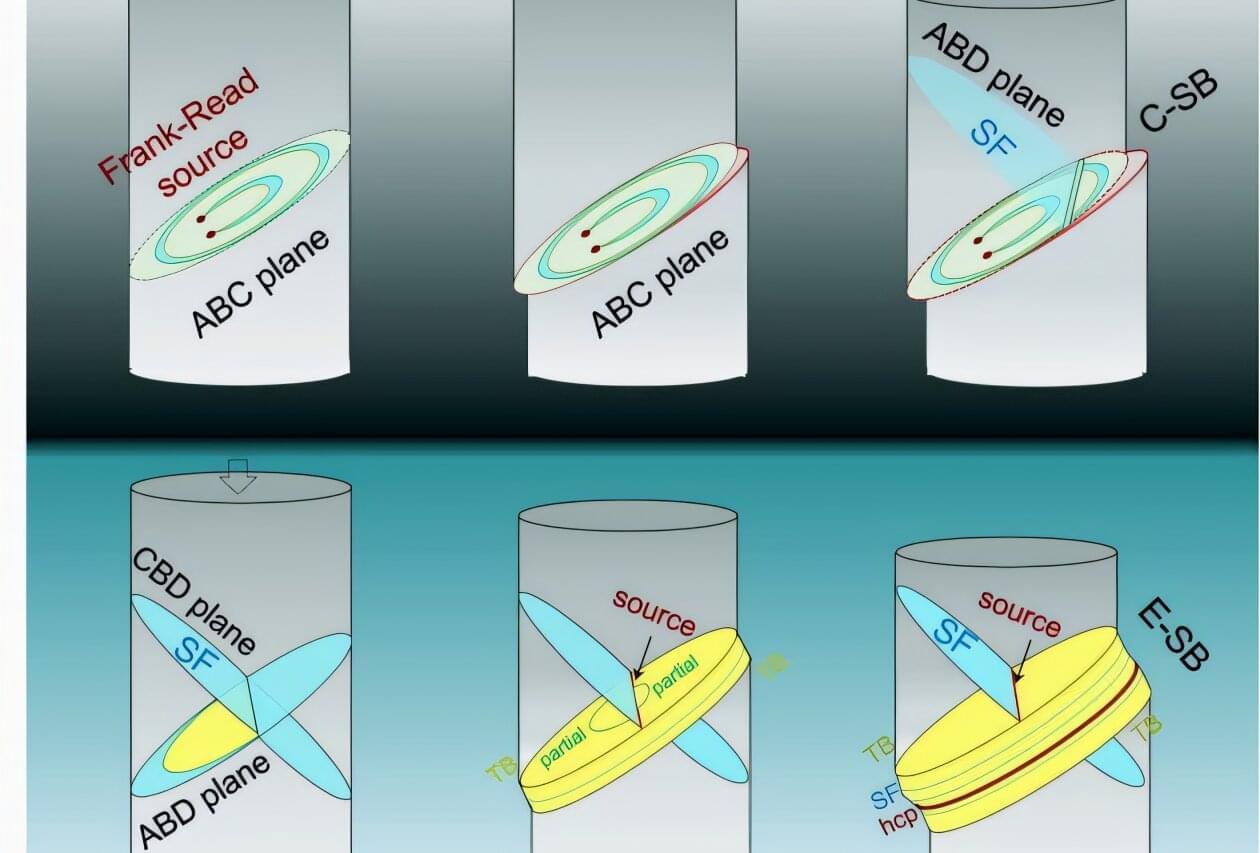
University of California, Irvine scientists have expanded on a longstanding model governing the mechanics behind slip banding, a process that produces strain marks in metals under compression, gaining a new understanding of the behavior of advanced materials critical to energy systems, space exploration and nuclear applications.
In a paper published recently in Nature Communications, researchers in UC Irvine’s Samueli School of Engineering report the discovery of extended slip bands—a finding that challenges the classic model developed in the 1950s by physicists Charles Frank and Thornton Read.
While the Frank–Read theory attributes slip band formation to continuous dislocation multiplication at active sources, the UC Irvine team found that extended slip bands emerge from source deactivation followed by the dynamic activation of new dislocation sources.
